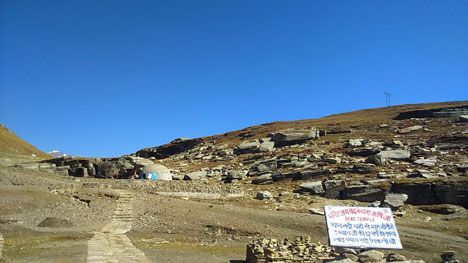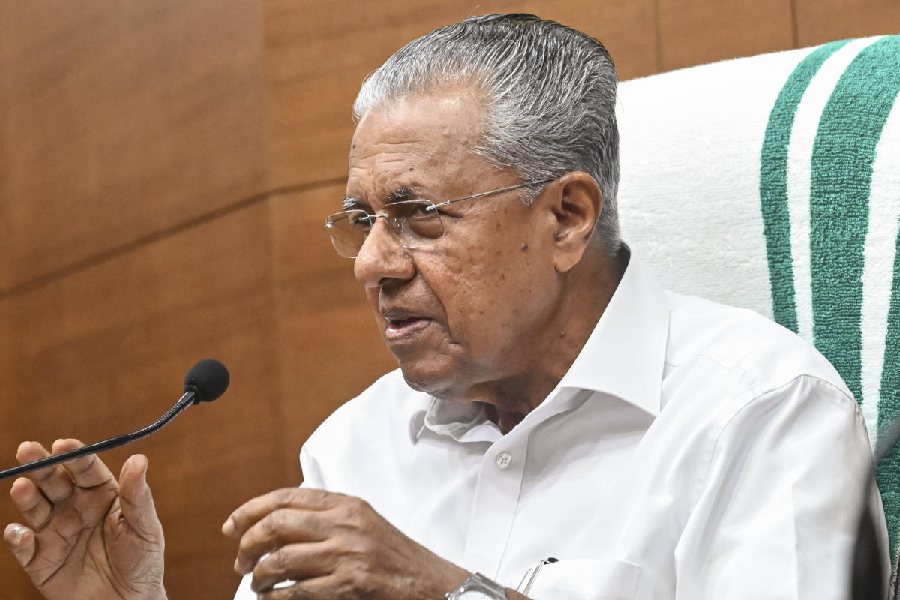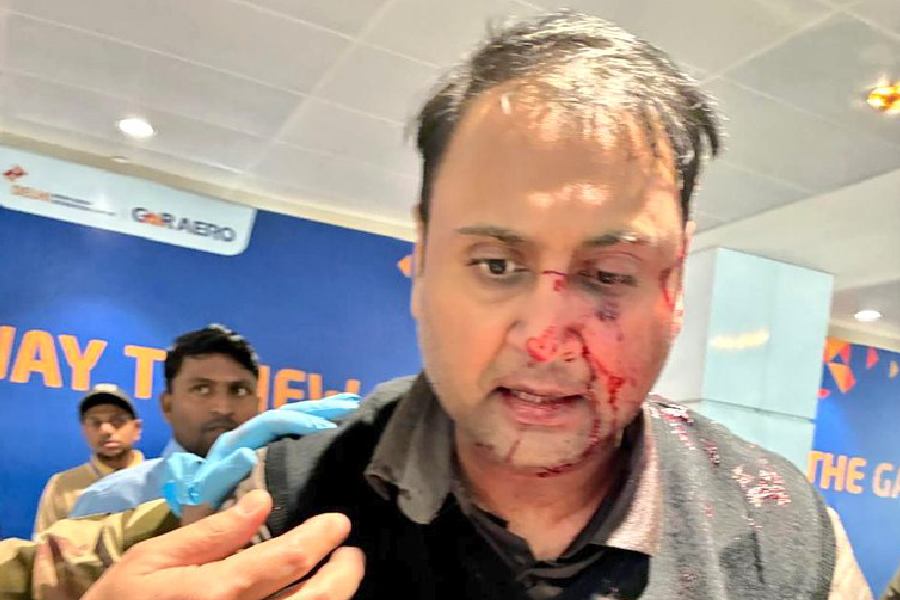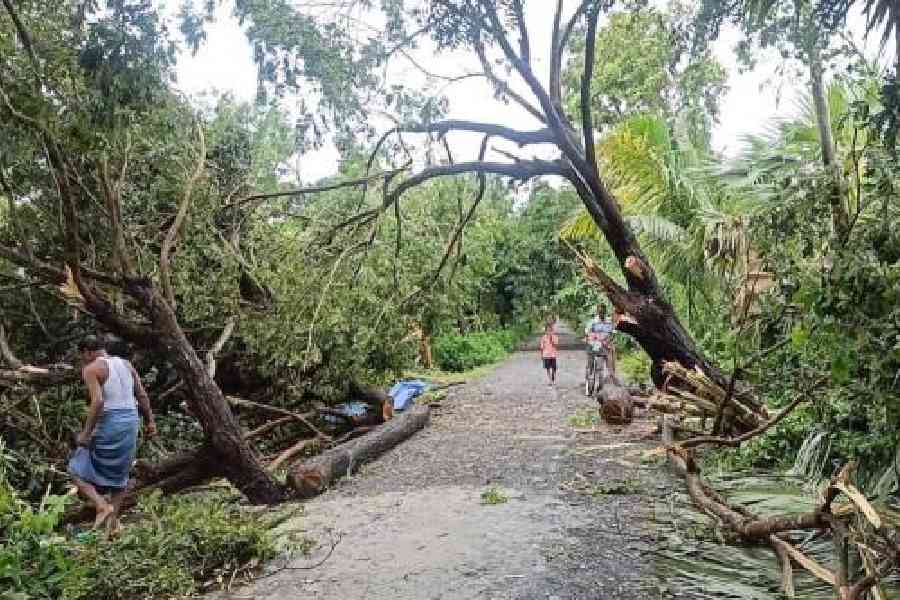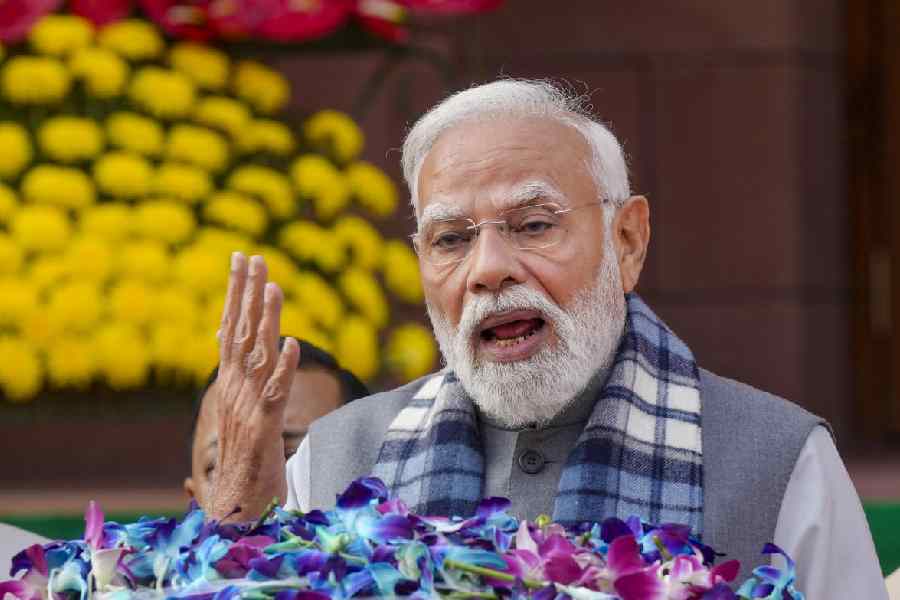



Miles away from the Canadian Arctic, we stopped to admire an igloo. Hands still frozen from the snow at Rohtang Pass, the breathtakingly captivating Lahaul and Spiti in Himachal Pradesh behind us, the source of the Beas left us incredulous.
Could this trickle from a Himalayan glacier indeed be the mighty river that had impeded Alexander's venture further into the subcontinent in 326 BCE?
It had neither the aura of Amarkantak (the source of the Narmada) nor the throng of devotees at Talakaveri (the mouth of the Cauvery). Against a backdrop of snow-clad mountains, the Vyasa kund appeared bereft. The rugged terrain and aquamarine Chandrataal - the source of the Chandra river, a tributary of the Chenab - still fresh on our minds, we had set out to track the Beas. But at 14,308 feet, the igloo was a tad disappointing.
Past Checkpoint Gulaba, our navigator Dharam Chand ("call me DC") expertly wound his way down to the alpine Kullu Valley and we could finally exult at the sight of the picturesque Beas as it rippled south through Manali, Mandi and the Kangra Valley before flowing into Punjab.
Originally called Vipasha in Sanskrit, the river at our next stop, Manali, was wide and fast enough for white water rafting. Six persons to each orange dinghy, the sailing was not as perilous as in Arunachal Pradesh, where the gradient is steeper, but the rocky bed offered sudden drops and the current was strong enough even for seasoned rafters.
The clear waters rippled alongside the highway as one travelled south, where a darker and more sedate Parvati joined the Beas. At the confluence, under an ancient iron bridge, we communed with the tributaries at twilight till a series of gunshots (turned out to be firecrackers) broke the idyll. Election-time shenanigans do make a traveller wary, but it transpired that the celebrations were in honour of the Prime Minister who had landed in the neighbourhood to campaign.
We traversed uphill again from Kullu to Kasol and Manikaran. The Beas near Kasol is possibly its most enchanting: reflecting the pines on its banks, dancing over rocks, an unpolluted stream gushing down. To those hooked to rhapsodies, it plays a duet: the music of the mountains blended with the raga of a river.

As we traversed towards Mandi, the constituency that gave Himachal its new CM, the river disappeared for a while to emerge as a stagnant pool. The perils of hydroelectricity generation in the 20th century! The Pong and Pandoh reservoirs look decidedly scenic, but underline the perils of water harvesting. The Pong dam was completed in 1974, Pandoh followed three years later. Our driver, a Mandi resident, lamented how the river was rendered into this cesspool through the Beas Project.
The National Green Tribunal, which makes its presence felt every time a new dam is mulled nowadays, was established much later, in 2010, and environmentalist activism was at a nascent stage.
Besides dams, "development" in the form of a highway from Chandigarh to Leh runs parallel to the river till Hamirpur and it is the Beas that's bearing the brunt of the ongoing construction work.
Being a touristy route, highway dhabas have mushroomed. We stopped at one with a sit-out overlooking the Beas. Lapping up the winter sun, I watched in horror as a group of youngsters at an adjacent table hurled non-biodegradable missiles into the river. It is apparently commonplace, this polluting of a pristine river, since no one demurred. It smacked of the dangers of commercialism the way gaudily painted yak can be seen on the way to Kufri, with portly women donning Himachali attire clambering onto them for photo shoots!
It would have been sacrilegious to have tracked the Beas and not sample its resident trout. We feasted on a fresh catch at Manali but that was not a patch on the Mulligatawny soup and deboned grilled Beas trout served with lemon butter sauce at the heritage Clarkes Hotel in Shimla.
The exotic brown trout was introduced by the British in the state in 1909 to promote angling and is found along a 600km stretch of the Beas, Sutlej and Ravi in the upper Himalayas, where no other fish can survive because of the extreme cold.
Feasting over, it was time to bid adieu to joyous sightings of the meandering brook, the bracing mountain air and savour memories of the river sutra.

